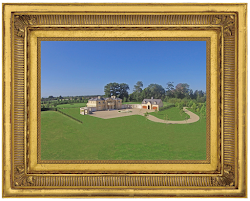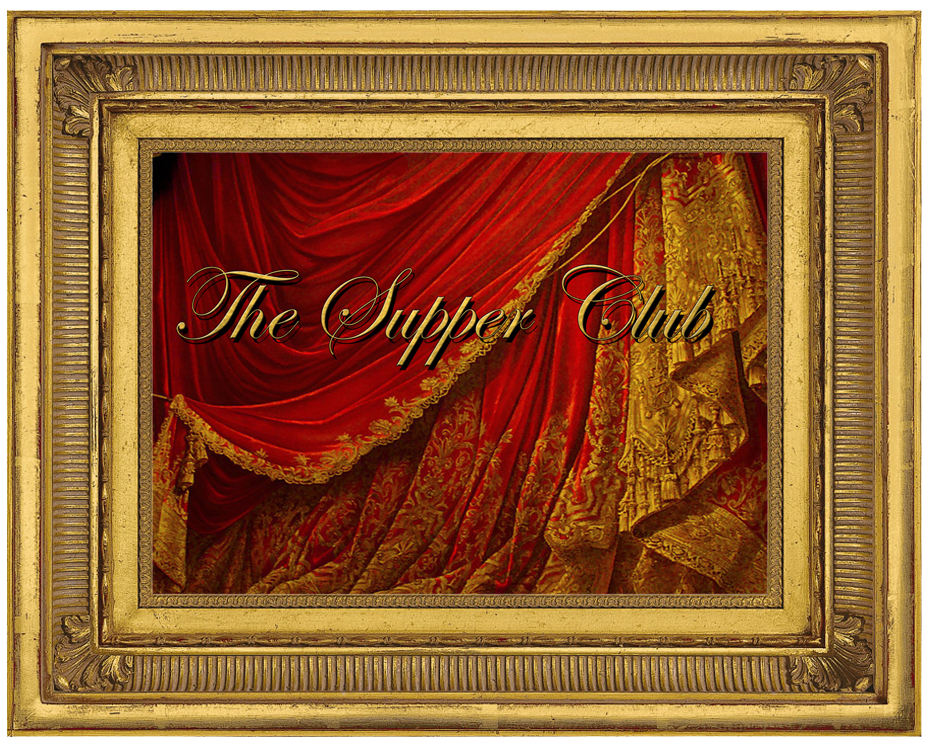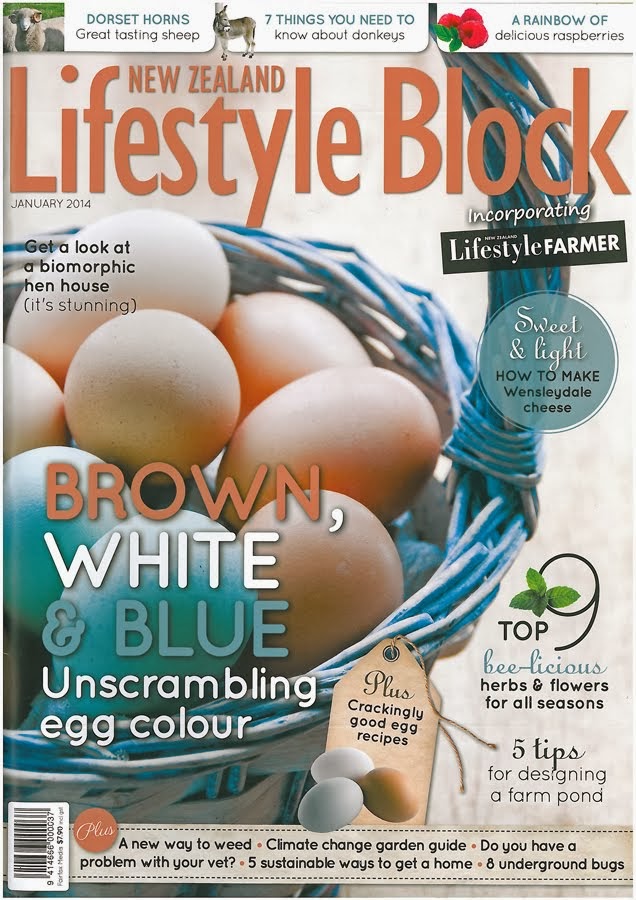Have a great Weekend!
Friday, September 30, 2011
Friday Comedy: Etiquette Lesson Number Five...
Have a great Weekend!
Saturday, September 24, 2011
Wentworth Woodhouse...


The house, built in the second quarter of the 18th century, is basically two houses joined back to back: with the approach from the East showing a Palladian front over 600ft in length, the longest in the country, whilst the West front is Baroque. It also has a stable block which can accommodate 100 horses.
The house passed to the 4th Earl Fitzwilliam who embellished the building cumulating in the best Georgian interior in England centering on the magnificent great hall. Its surrounding park was stuning too, until open-cast coal mining devastated it in the 1940s.
In April 1946, on the orders of the then Labour Party's Minister of Fuel and Power a "column of lorries and heavy plant machinery" arrived at Wentworth. The objective was the mining of a large part of the estate close to the house for coal. This was an area where the prolific Barnsley seam was within 100 feet (30 m) of the surface and the area between the house and the Rockingham Mausoleum became the largest open cast mine in Britain at that time: 132,000 tons of coal were removed solely from the gardens. Ostensibly the coal was desperately needed in Britain's austere post-war economy to fuel the railways. A survey by Sheffield University, commissioned by the 8th Earl, Peter Wentworth-Fitxwilliam, found the quality of the coal as "very poor stuff" and "not worth the getting"; this contrasted to Shinwell's assertion that it was "exceptionally good-quality."
Shinwell, intent on the destruction of the Fitzwilliams and "the privileged rich", decreed that the mining would continue to the back door of Wentworth, the family's East Front. What followed saw the mining of 99 acres (400,000 m2) of lawns and woods with devastation of the renowned formal gardens and the show-piece pink shale driveway (a by-product of the family's collieries). Ancient trees were uprooted and the debris of earth and rubble was piled 50 ft (15 m) high in front of the family's living quarters.
Local opinion supported the Earl. Joe Hall, Yorkshire branch President of the National Union of Miners said that the "miners in this area will go to almost any length rather than see Wentworth Woodhouse destroyed. To many mining communities it is sacred ground" - in an industry known for harsh treatment of workers, the Fitzwilliams were respected employers known for treating their employees well. The Yorkshire branch later threatened a strike over the Government's plans for Wentworth, in a futile attempt to stop the mining. This spontaneous local activism, founded on the genuine popularity of the Fitzwilliam family amongst locals, was dismissed in Whitehall as "intrigue" sponsored by the Earl.
The opencast mining moved into the fields to the west of the house and continued into the early 1950s. The mined areas took many years to return to a natural state; much of the woodland and the formal gardens were not replaced.
The present owner is Clifford Newbold, an architect from Highgate who bought it for something over £1.5 million in 1999, and set about restoring it, but I understand that it is on the market again. (?)




A 115 ft tall Tuscan column built to commemorate the acquittal of the court-martialed Admiral Keppel, a close friend of Rockingham. Its entasis is disproportionate, due to an adjustment in its height, made when funding problems reduced the height. It was designed by John Carr.

A 45 ft (14 m) high, sandstone block pyramid with an ornamental urn en flambeau atop and a tall ogee archway through the middle, which straddles a disused roadway. It was built in 1780 allegedly to win a bet, after the second Marquess claimed he could drive a coach and horses through the eye of a needle.

A three-story building 90 ft high, situated in woodland, where only the top level is visible over the treetops. It was commissioned in 1783 by the Earl Fitzwilliam as a memorial to the late first Marquess of Rockingham; it was designed by John Carr, whose first design, for an obelisk, was rejected, in favour of an adaptation of the Roman Cenotaph of the Julii. The ground floor is an enclosed hall containing a statue of the first Marquess, and busts of his eight closest friends. The first floor is an open colonnade with Corinthian columns surrounding the sarcophagus. The top storey is a Roman-style cupola.
Thursday, September 22, 2011
Friday Comedy: Etiquette Lesson Number Four....
Monday, September 19, 2011
The Barn..

Having a barn with a small open bay at one end for housing sick animals or stabling for horses during cold weather would be one really useful feature. It would also be really good if it had some space behind it for storing less used tractor implements such as the grader blade, and also barrels for collecting rain water...

It would have to be an English styled barn, to fit with the rest of the buildings, but could be very simple in design. Here are a few ideas gleamed from some English Barn specialists...




Above are 2 examples of Tamar Joinery's craftmanship. I love the sturdy big oak trusses and the crafting of traditional joints wihtout nails.








Friday, September 16, 2011
Friday Comedy: Etiquette Lesson Number Three....
Tuesday, September 13, 2011
The Long Gallery...

A long gallery has the appearance of a spacious corridor, but it was designed as a room to be used in its own right, not as a means of passing from one room to another. In the 16th century, the seemingly obvious concept of the corridor had not been introduced to British domestic architecture: rooms were entered from outside, or by passing from one room to another.


It will be useful for displaying our busts and artwork, especially as the front of the house is on the south side (the cold side in the southern hemisphere), and thus will not have too much light to fade the artwork.







Saturday, September 10, 2011
Friday Comedy: Etiquette Lesson Number Two....
Wednesday, September 7, 2011
Matters Ornithological...
Sparrows

Greenfinches, as with the other forms of finch, were brought to NZ in the 1860s with settlers. The male birds have a strong green colour to them, whereas female birds can be harder to discern from other finches. The dine on fruit and nectar (so although pretty now, they may be a nuisance over summer when the fruit comes out in the orchard).


Goldfinches


Above: A Goldfinch Singing.

It is easily recognized by its long tail which opens to a fan. It has a small head and bill and has two colour forms, pied and melanistic or black. The pied birds are grey-brown with white and black bands.


We have plenty of these little fellows. They are best seen in the late afternoon, sweeping down over the water of the lake collecting small insects.



These delightful birds are usually very plump things that look like flying blobs. They love to feed on all the fruit and berries, and are likely to get to our crops before they are ripe. We shall definitely have to invest in a net to go over the entire orchard. They also love eating suet and seed from the bird feeders.




Starlings are also very common, and are terrible pests when it comes to building their nests where they are not wanted.


Above: An excellent painting of a Tui by the Artist Joan Marshall
Tui can often be heard singing their beautiful melodies long before they are spotted. If you are fortunate to glimpse one you will recognise them by their distinctive white tuft under their throat, which contrasts dramatically with the metallic blue-green sheen to their underlying black colour.


 Capable of flying at speeds over 100 km/h and catching prey larger than itself, the New Zealand falcon (Falco novaeseelandiae) is one of New Zealand's most spectacular birds. The falcon is found on both the North and South Islands and several offshore islands, including Stewart Island and the subantarctic Auckland Islands. It is an endangered birds, but there are ongoing breeding programs, and there are also programs to use them in viticulture to keep down the numbers of small birds who detroy the grape crops.
Capable of flying at speeds over 100 km/h and catching prey larger than itself, the New Zealand falcon (Falco novaeseelandiae) is one of New Zealand's most spectacular birds. The falcon is found on both the North and South Islands and several offshore islands, including Stewart Island and the subantarctic Auckland Islands. It is an endangered birds, but there are ongoing breeding programs, and there are also programs to use them in viticulture to keep down the numbers of small birds who detroy the grape crops.
I am not sure whether I have seen a Falcon at Willowbrook - the quite common Harrier Hawk and the extremely rare NZ Falcon are at first easily confused, but there are several distinguishing features: The harrier Hawk is larger than both the male and female falcons, in fact almost twice the size of a female falcon; and when flying the Harrier Hawks tend to flap their wings, then glide in - the falcon is much faster and has constant, rapidly beating wings.

Falconry was extremely popular in the middle ages, but dates back to centuries BC. It became less important with the advent of firearms, but remains a sport the world over. There are a range of birds of prey that are used in what is loosely referred to a falconry, although technically, a falconer flies a falcon and an austringer flies an hawk.

Below: Austringers
 The Wingspan Birds of Prey Trust, located about an hour's drive from Willowbrook, is a venture set up to care for orphaned and injured birds of prey. They also use falconry training to rehabilitate them before releasing them into the wild.
The Wingspan Birds of Prey Trust, located about an hour's drive from Willowbrook, is a venture set up to care for orphaned and injured birds of prey. They also use falconry training to rehabilitate them before releasing them into the wild.

Pheasants


We have at least 2 couples of pheasant. They hide in the hedgerows waiting to flap out in front of the horses and startle them...

Birds of Ill-Repute
The Rosella
 This pretty transtasman import sits in the gum trees, making a racket, and then pillages the orchard. They usually become ferral after escaping from cages when kept as pets. Now they are breeding like mad.
This pretty transtasman import sits in the gum trees, making a racket, and then pillages the orchard. They usually become ferral after escaping from cages when kept as pets. Now they are breeding like mad.
The Magpie



The Mynah



The morepork (Ninox novaeseelandiae) is New Zealand's only surviving native owl.
Often heard in the forest at dusk and throughout the night, the morepork is known for its haunting, melancholic call. Its Maori name, ruru, reflects this call. We can hear one most nights in the trees around the house.
The much larger laughing owl became extinct in the 20th century. The German or little owl is a smaller species often found on open and lightly wooded farmland. It was introduced to New Zealand between 1906 and 1910 to try to control smaller introduced birds.
This is why they are known as Moreporks...
Water Birds
Pied Stilts


There are a few small groups of these which flock around the field at twilight, and around the lake.

Pukeko
This bird is an icon in NZ. It is cheeky, inquisitive, and fierce when it is nesting. We have a couple nesting in the field at Willowbrook. Unfortunately, none of the eggs seemed to have hatched this year.
Paradise Ducks
 (One couple who regularly fly in and out, but never stay).
(One couple who regularly fly in and out, but never stay). (Several couples which stay with the runner ducks around the lake)
(Several couples which stay with the runner ducks around the lake)Kingfishers

A beautiful bird, often seen out just before it rains. There are one or two about the lake.


Grey Heron

We are lucky enough to have a pair nesting high in the trees behind the lake. They fly over at quite a height.
There are also some birds which we have not identified yet. They fly high up into the air, then barrel-roll all the way down again, and whilst doing so they make a very loud noise. Any ideas? (they are not roller pigeons).











































































